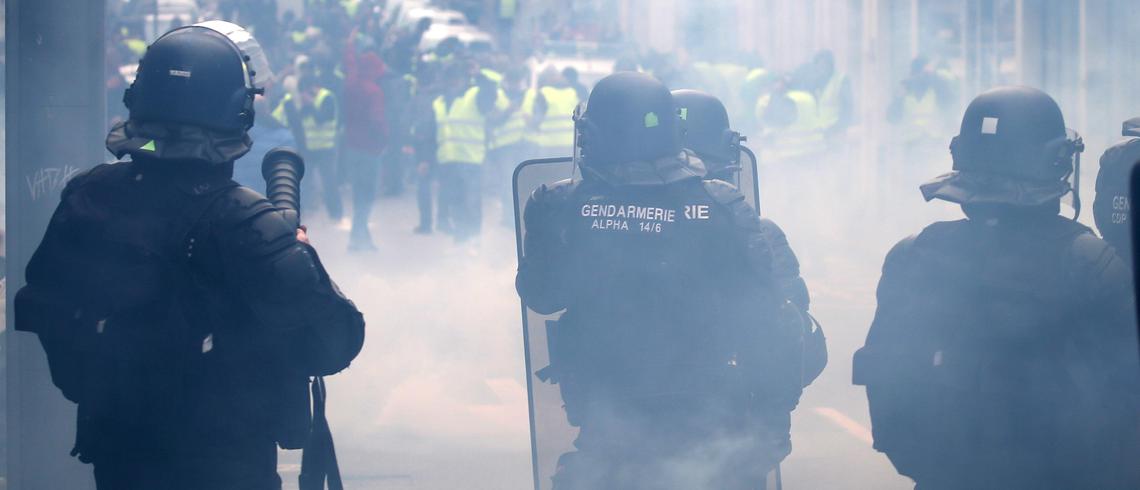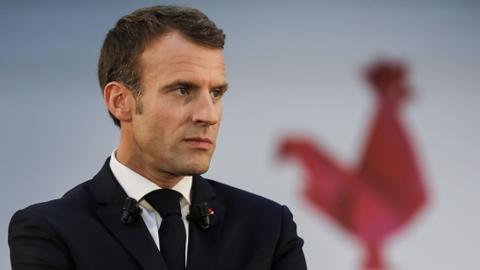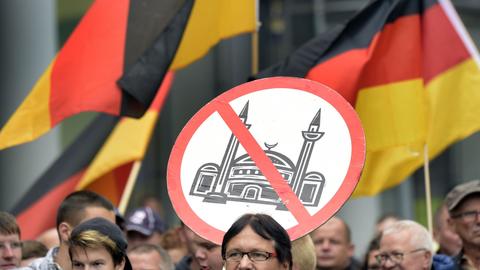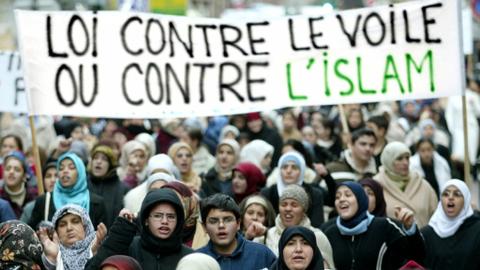
Tested on poor minorities, French police violence hits Yellow Vest movement
ELIS GJEVORI 14 JAN 2019 FROM LAST YEAR
The Yellow Vest movement, mostly white and rural, is feeling the brunt of what ethnic minorities have endured and French society has largely ignored: police brutality.
“The Yellow Vest protests are starting to uncover how broad and deep the problem of police brutality is to a broader audience, it’s sad it took a social movement mostly led by rural white people to raise awareness,” Assa Traore, a spokesperson for the Justice for Adama Committee, tells TRT World.
On July 19 2016, Adama Traore, Assa Traore’s brother, would have turned 24, yet that night instead of celebrating his birthday with his family and friends he lay handcuffed and dead on the floor of a police station in Beaumont sur Oise, a small town north of Paris.
To this day, and four official inquiry reports later, no one has been held accountable for his death. The latest report in October of last year cleared the National Gendarmerie, claiming that Adama Traore died from compression to the vertebrae due to sickle cell - a disease affecting the blood that Traore suffered from - but the Traore family has categorically rejected these findings.
Adama’s death, far from being an accidental tragedy, as the authorities have claimed, instead reflects the actions of a police force that is institutionally racist, according to the Traore family.
“Police brutality is not just collateral damage occurring on occasional procedural mistakes, it’s one of the consequences of how our society sees the type of men who get killed,” says Assa.
Many victims of police violence and deaths are disproportionately black, Arab and Muslim, living in the outskirts of major French cities, in what are known as the banlieues.
According to reports, 47 unarmed men died from police brutality between 2007 and 2017.
An investigation by the French publication Street Press, found that none of the deaths of unarmed civilians had led to a police officer or gendarme facing jail time.
The Yellow Vest movement has gripped France over the last nine weeks and threatened the premiership of President Macron. Last weekend saw a video emerge on social media showing a French police officer, Didier Andrieux, approaching a young black man, peacefully protesting, and repeatedly punched him in the face.
Shortly after that attack, Andrieux, who only recently received the Legion of Honour – France’s highest award for military and civilian merit – is seen punching a young Yellow Vest protester pinned up against a car.
The regional governor of Val Jean-Luc Videlaine in Toulouse, where the video was filmed, announced on social media: "As part of my administrative responsibilities, I have asked the IGPN (Inspection Generale de la Police Nationale) for an investigation to shed light on the suspicion of police violence in #Toulon”.
The IPGN is a body ostensibly aimed at dealing with complaints against the police, however, its critics argue that the body has a fatal flaw: it is predominantly manned by police officers themselves.
Alexandre Langlois, Secretary General of VIGI, a police union that represents a number of police officers and other security personnel affiliated with the French Ministry of Interior, tells TRT World: “The people are more and more suspicious of their police because there is no dialogue.
“There is also an impression of opacity because it is the police that investigates itself via the IGPN, while the police themselves no longer want this institution contrary to the European Code of Ethics”.
The European Code of Ethics, adopted by the EU in 2001, sets parametres for impartial and effective complaints against the police.
“The people see us less and less as a police that protects, but more and more like a police of repression,” says Langlois.
Justice for victims of police violence can be a long road.
Amal Bentounsi’s younger brother was fatally shot in the back by the police in 2012. The police officer Damien Saboundjian, was finally convicted after five long years of the family pursuing their case. Saboundjian was given a five-year suspended sentence.
It is a victory Bentounsi calls “half-hearted”.
For Bentounsi, the violence that is currently being exerted to quell the Yellow Vest movement was institutionalised in decades-old policies that have targeted blacks, Arabs, the Roma and all other invisible communities.
“Working-class neighbourhoods served as a laboratory and today this violence extends to the entire population,” Bentounsi tells TRT World.
Bentounsi is not the only one who claims that the banlieues have been a testing ground of sorts, --- Police violence in working-class suburban areas has proved to be a ...perfected against the populations residing in these areas says Assa Traore.
Act 10, but an old story
Anti-government protests in France have entered their tenth week, or as the protestors call it “Act 10”.
President Emmanuel Macron’s government in trying to regain the initiative against a movement threatening his presidency stands accused of using police brutality to quell the Yellow Vests.
In early December, with the Yellow Vest protests entering their third week, the CRS, a police unit specialising in crowd control, fired more than 10,000 stun grenades, including 8,000 tear gas canisters.
The far-right infiltrates the police
There is strong anecdotal evidence that the French police force, and particularly the gendarmerie, has been infiltrated by far-right elements and Marine Le Pen’s supporters.
The National Front, which Marine Le Pen leads, was rebranded as the ‘National Rally’ in an attempt to shed its historic image of racism, Islamophobia and xenophobia.
In a poll conducted a few days before the 2017 presidential elections—in which Le Pen made it to the second round, garnering a record 34 percent of the vote—shows that more than 51 percent of the gendarmes would vote for Le Pen in the first round.
In their book The Politics of Racism in France, Dr Jim Wolfreys and Dr Peter Fysh outlined the extent of the infiltration of the police by the far-right, in particular the National Front led by Jean-Marie Le Pen, Marine Le Pen’s father, starting in the 1980s.
“So successful were these efforts that by 1995 the Front was able to set up Front National Police, winning one in seven votes in the professional elections held at the end of the year. In some areas, notably in southern France, the NF vote approached 50 per cent,” they write.
Rooting out right-wing infiltration of the French police force will require political will, while reforming police tactics and complaints when dealing with protestors is an even harder task.
VIGI’s Langlois tells TRT World he believes that the French police are still well trained, but there is a need for competent policies and “methods of repression” currently employed are “unworthy of a Republic like France”.
It is impossible to account for police violence in France today without first looking at the racial profiling, discrimination, racism and inequality that has shaped and hardened the relationship with France's ethnic minorities in the banlieues.
“I think that the working-class suburban areas have been wearing Yellow Vests for a very long time as they have been early victims of unfair economic policies,” says Assa Traore.
Source: TRT World

'We don’t want crumbs, we want the bakery' – reactions to Macron's speech

European Muslims seek protective laws in the face of rising hate crimes
Why are French people protesting, blocking roads and highways?

France’s Islamophobia and its roots in French colonialism
Was the Soleimani assassination a victory for Trump?
Czech Muslims face mockery, mosque desecration and death threats
Argentinians express solidarity with the vulnerable and poverty stricken
No comments:
Post a Comment